Fibonacci numbers have become a popular introduction to recursion for Computer Science students and there's a strong argument that they persist within nature. For these reasons, many of us are familiar with them.
They also exist within Computer Science elsewhere too; in surprisingly efficient data structures and algorithms based upon the sequence.
There are two main examples that come to mind:
- Fibonacci heaps which have better amortized running time than binomial heaps.
- Fibonacci search which shares O(log N) running time with binary search on an ordered array.
Is there some special property of these numbers that gives them an advantage over other numerical sequences? Is it a spatial quality? What other possible applications could they have?
It seems strange to me as there are many natural number sequences that occur in other recursive problems, but I've never seen a Catalan heap.

